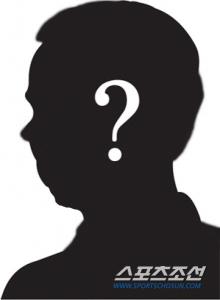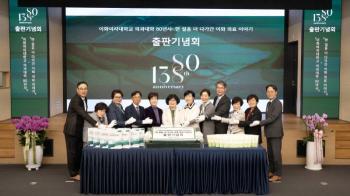My legs are numb, pain, I thought it was a disc...Awareness of women in their 50s and older
Nov 03, 2025
|
In particular, it is not uncommon for people with spinal diseases to suffer from varicose veins together.
Yoon Kang-joon, a neurosurgeon at Gangnam Bedro Hospital, explained, "Lower extremity radiation pain caused by spinal disease and varicose vein symptoms is very similar, making it easy to confuse the mechanisms and likely to disrupt the treatment process." "In particular, the symptoms of numbness in the lower extremities in the 50s and older may be caused by not only neurological diseases caused by spinal diseases but also vascular diseases, so it is more important to identify the exact cause through specialist diagnosis."
◇ Blood flow in the legs, severe skin ulcers
The lower limb venous system distributed below the thigh is one of the areas where blood flow is concentrated. 70% of the blood in the body flows through the venous system, and these veins are concentrated in the legs and are easily stagnant under the influence of gravity.
However, if there is an abnormality in the venous system, blood cannot flow toward the heart and flows backward in the leg, causing congestion. In this process, blood accumulated in the legs compresses the surrounding blood vessels, resulting in unnecessary expansion. As a result, elevated intravenous pressure and chronic elevated venous pressure can cause varicose veins. Symptoms such as swelling, numbness, cramps, and heavy legs are typical symptoms and may cause burning, fatigue, and convulsions.
Leg numbness due to varicose veins in the lower extremities is seemingly similar to radiation due to spinal disease, but the cause is completely different, and there are also slight differences in pain patterns. Spinal disease is a neurological disease, and there may be changes in symptoms when sitting, changing waist posture, and walking or moving. On the other hand, since varicose veins are caused by stagnant blood flow, symptoms tend to worsen when standing still for a long time, and symptoms tend to be more severe at night.
The most important thing to note is that these diseases are likely to appear at the same time.
CEO Kang-jun Yoon said, `In actual clinical settings, there are many cases of spinal disease and varicose veins at the same time, and in this case, it is necessary to diagnose both nerves and blood flow in a complex mannerHe stressed that the diagnosis of a single disease alone can miss the cause, and there is a high risk of causing chronic symptoms by not applying appropriate treatments.
In particular, women in their 50s or older should be more careful about varicose veins.
According to data from the Health Insurance Review and Assessment Service, 69% to 70% of all patients in their 50s or older have varicose veins (disease code I83). In addition, it is known that women suffer from varicose veins more than four times higher than men. If this is thought of as a simple fatigue symptom and left unattended, symptoms may progress beyond simple variceal symptoms to skin coloring, discoloration, and skin ulcers in severe cases.
◇ Blood must be blocked from passing through unnecessary veins
The fundamental treatment of varicose veins is to block blood from passing through unnecessary veins.
If the symptoms are not severe, conservative treatments such as taking intravenous circulation drugs and wearing compression stockings of about 20 to 30mmHg may be performed, but if the reflux is severe, treatments such as surgical therapy or injection therapy will be performed to block blood vessels directly. At this time, blocking or removing the blood vessels in question, allowing blood flow back to the main healthy veins and normalizing blood circulation is the basic mechanism of treating varicose veins in the lower extremities.
CEO Yoon Kang-joon said, `For the fundamental treatment of varicose veins, removal of blood vessels has been mainly performed, and in the past, skin incision was mainly performed, but recently, extraction using lasers has also been developed in various ways"Laser foot surgery is the fundamental treatment that has recently been in the spotlight because it has the same principle as traditional foot surgery but can reduce the physical burden on patients."
Laser extraction is a treatment that involves inserting a thin laser fiber tube into a vein and using it to heat and close the problematic vein. As it minimizes damage to surrounding tissues, there is little pain and bleeding, so most of them are performed under local anesthesia, and there is no recurrence. The operation time is about 10 minutes per leg, and the time required is also short.
In addition, various treatments such as Venacil, which blocks blood vessels by injecting medical adhesives into veins, have also been developed.
In response, Director Yoon Kang-joon said, `Allergic reactions or discomfort to drugs, and depending on the patient, there may be resistance to chemicals such as microplastics or hormones (endocrine disruptors), so you should carefully choose treatment according to the patient's preference or condition.'
"Spine disease and lower limb varicose veins are diseases caused by the nervous system and circulatory system, respectively, but in actual clinical practice, they interact with each other and affect the improvement and deterioration of the patient's condition," he said. "Especially in the middle-aged and older age groups with weak vascular health, accurate treatment is possible only when the exact cause of symptoms is identified through specialist diagnosis.".
|
This article was translated by Naver AI translator.















